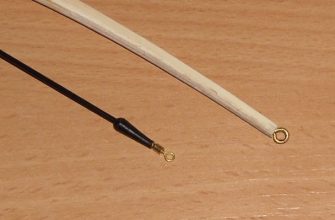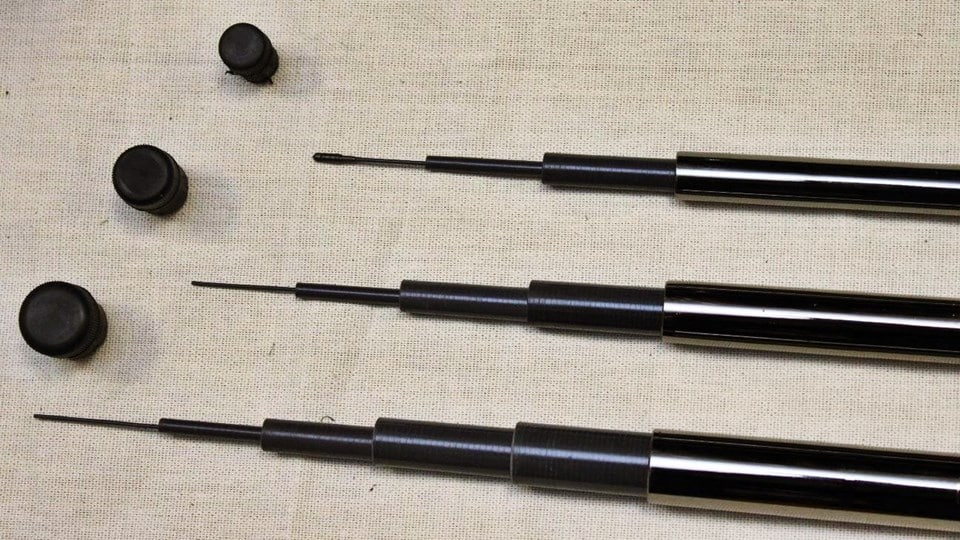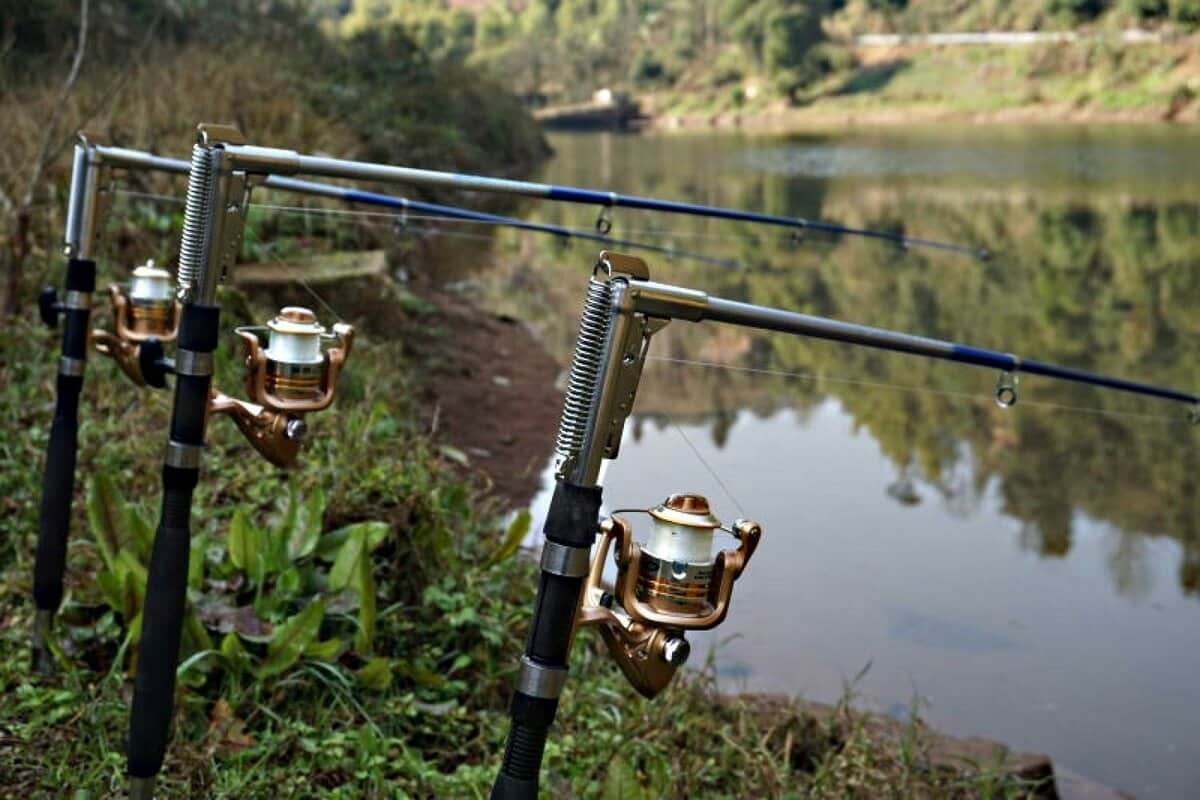On sale there is a huge number of floats for various purposes for
float fishing in a variety of conditions. They differ in shape, size and other parameters. Some floats cost a lot of money. However, fishing floats are easy to make from scrap materials yourself. Often in production technology, one material can be replaced by another. So, for the base of the floats, floating materials are used, and this can be cork, foam, wood, plastic. Consider the options and techniques for making homemade floats for different situations.
- Method one – in the form of a goose feather base
- The second option is a cocktail tube float
- The third option: a reed float – homemade right on the fishing trip
- Fourth homemade: blown light float
- Fifth DIY: insulin syringe float
- Option number 6: two-piece float for bream
- Seventh option: a foam float on a thermostat
- Option 8: homemade match float inflated “wagler”
- Option nine for winter: winter homemade eccentric float
- DIY 10: Drop Down Winter Float
- Eleventh DIY: water-filled float
- 12: water-filled stick bombard
- 13: hot melt bombard
- Option 14: flat float for foam flow
- Homemade 15: do-it-yourself marker float from a syringe
- DIY 16: marker float from drill tube
- Option 17: homemade float – nod
- Option 18: underwater catfish float from cork
- Nineteenth option: luminous float
- 20: The Tricky Acrobat Float
- Поделиться ссылкой:
Method one – in the form of a goose feather base
The simplest version of the float, familiar to many from childhood. For production, you will need, in fact, a whole goose feather that has not burst. In order for the float not to start drinking water, it must be properly and carefully cleaned of the fan. It is better to do this with a knife in the direction of hair growth, as it is less likely to damage the tightness of the workpiece. The nib shaft can be cut by shortening the float to the desired size. A loop is made of thin wire, which is inserted into the bottom of the float. This place must be further varnished. Instead of a loop, the float can be attached with cambric. Feather sheepskin will be float top. It is painted with varnish in the desired color.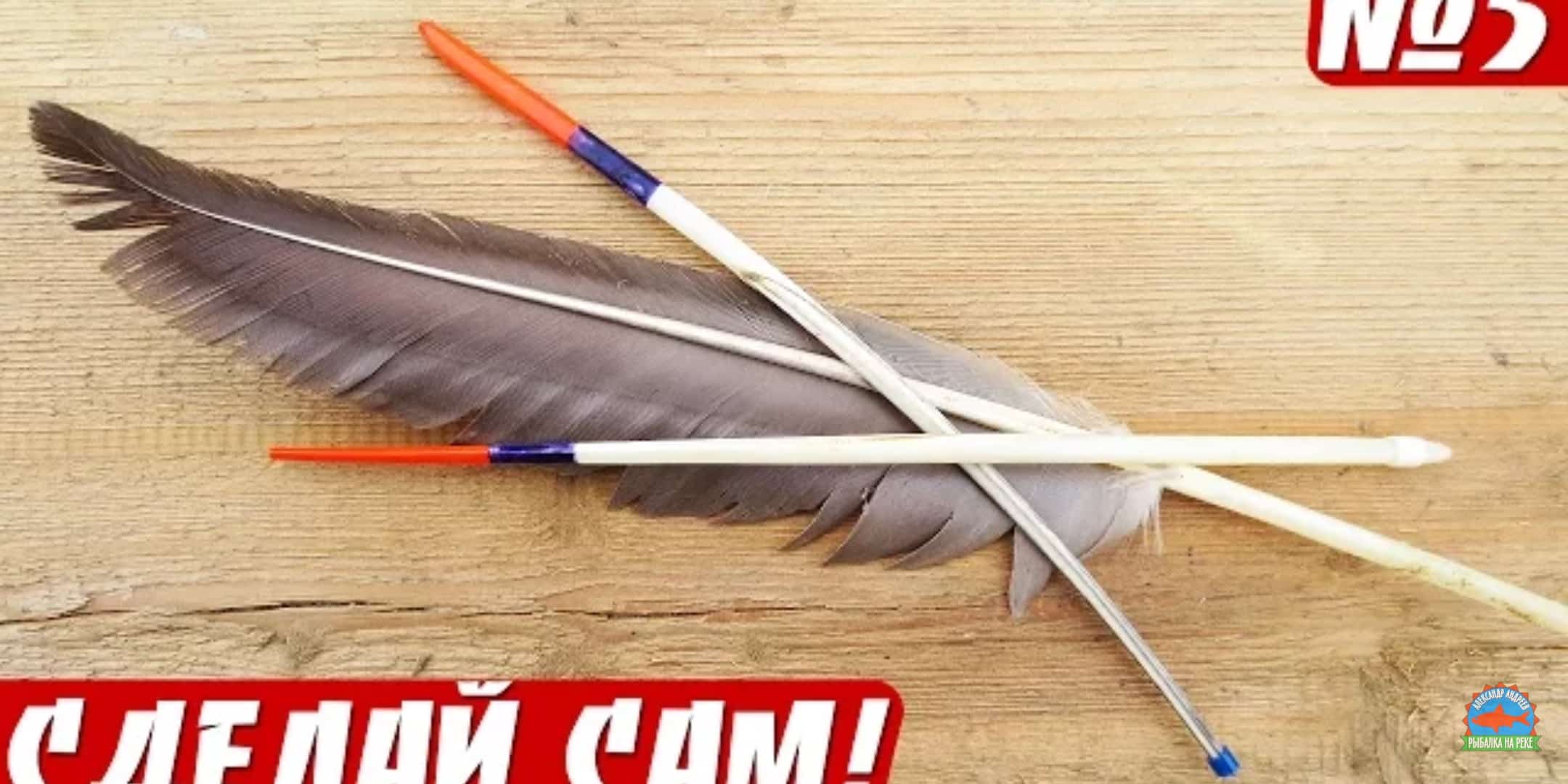 Making a childhood goose feather float – step by step video: https://youtu.be/Pa9pYz1Cyt4
Making a childhood goose feather float – step by step video: https://youtu.be/Pa9pYz1Cyt4
The second option is a cocktail tube float
The advantage of such material is its availability and low cost. However, cocktail pipes are made of very thin plastic. Therefore, you need to cut several tubes, twist them, making a smaller diameter. They need to be inserted into one tube, increasing its thickness. Next, this blank can be sealed on one side or insert a piece of foam and glue it. On the other side, foam is also inserted. A loop is screwed into it for fastening. The float is painted in the desired color.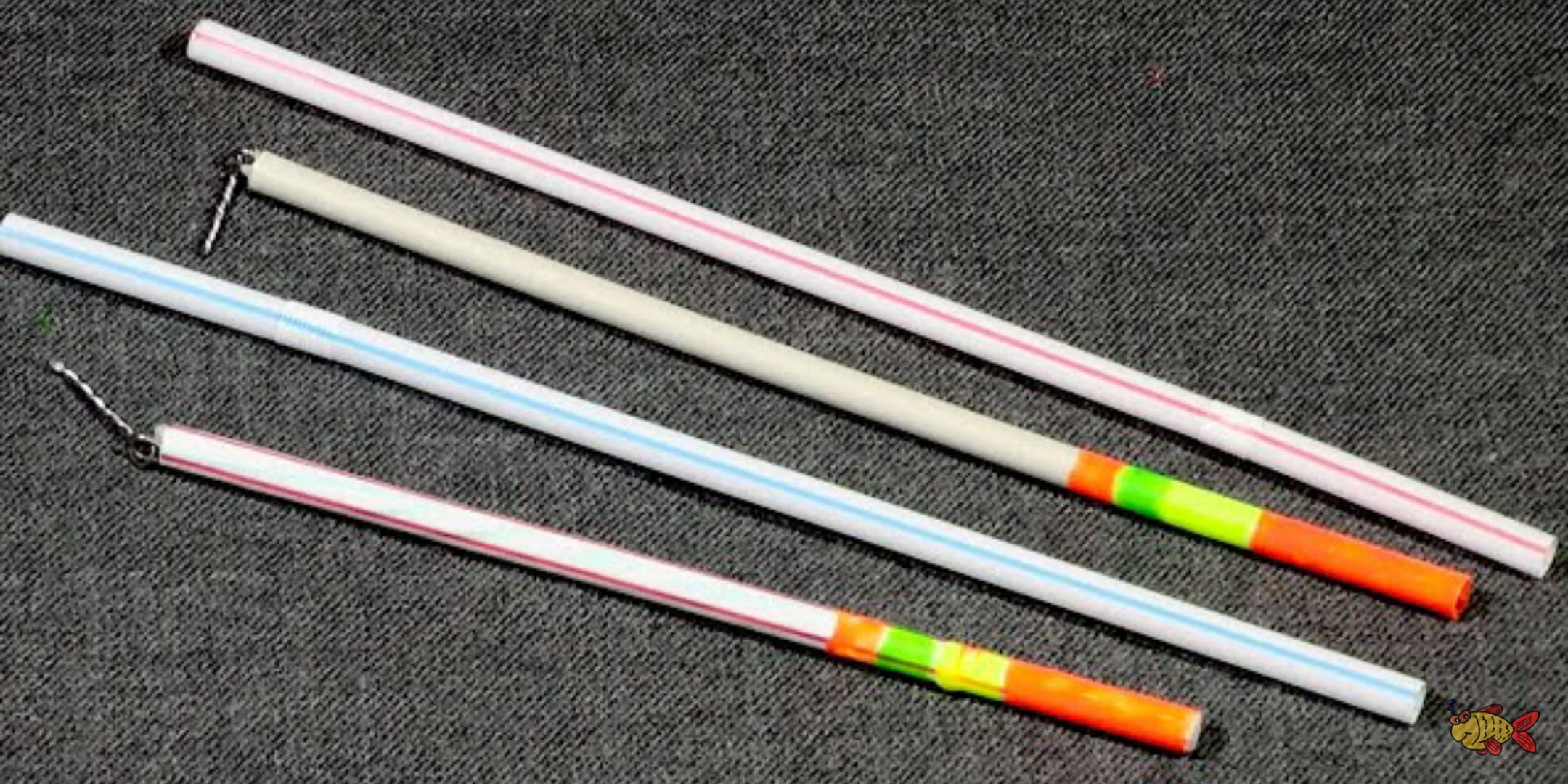 How to quickly make a fishing float with your own hands from scrap materials: https://youtu.be/mVgf4lG5dWU
How to quickly make a fishing float with your own hands from scrap materials: https://youtu.be/mVgf4lG5dWU
The third option: a reed float – homemade right on the fishing trip
Another easy option. It is made from a piece of reed up to 20 cm long. This lightweight floating material can be used to make a “tube” float. To do this, you need to attach a loop to the reed blank to attach it. An eyelet is made of copper wire, and the two ends of the wire are bent along the body of the float. Then this place is wrapped with thread and glued with superglue. The antenna is painted in a bright color, and the entire float is additionally coated with varnish so that it does not drink water.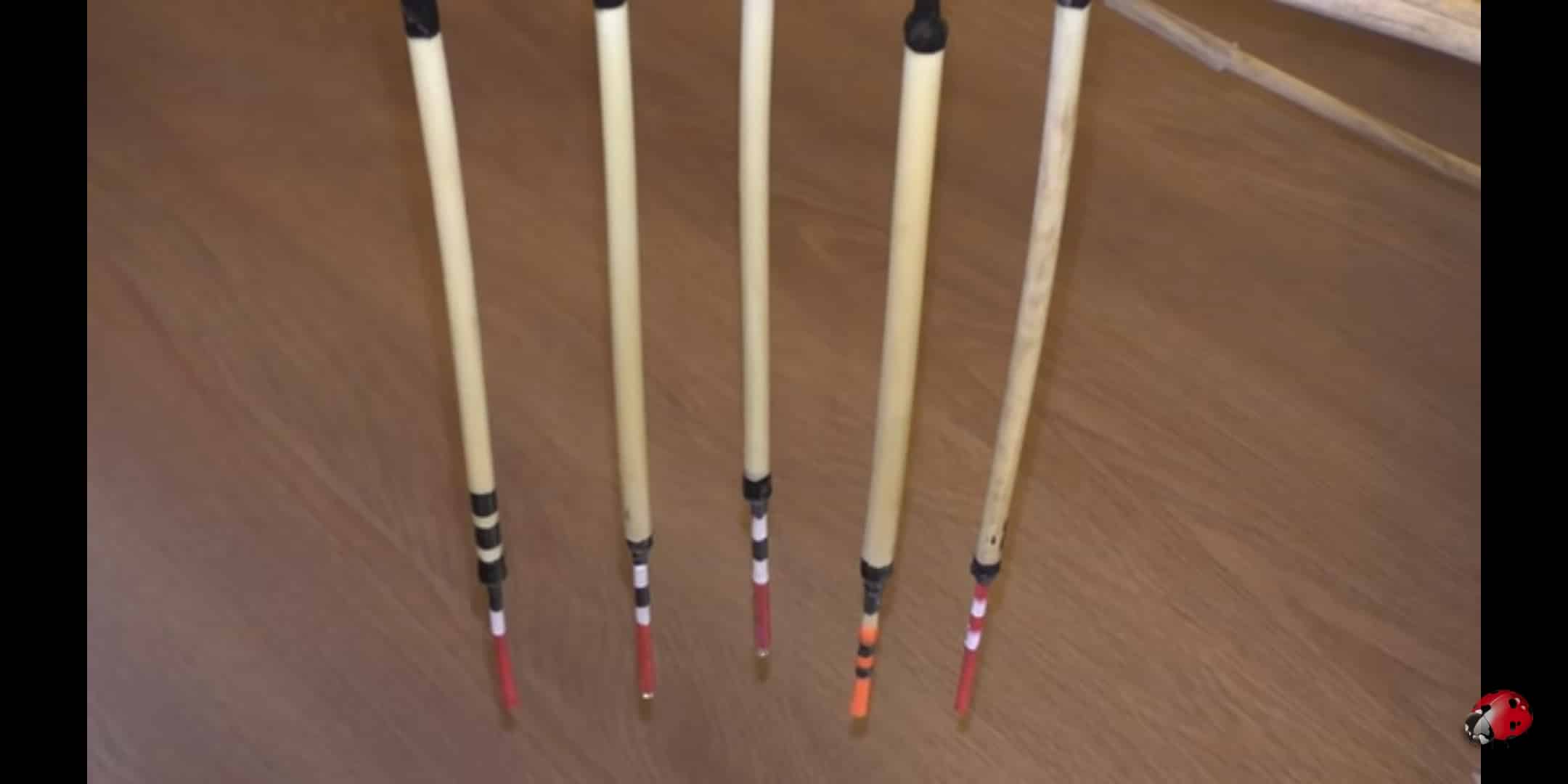 It’s great to fish – how to make a reed float right on the fishing trip from scrap materials: https://youtu.be/iXJAGMdp5m0
It’s great to fish – how to make a reed float right on the fishing trip from scrap materials: https://youtu.be/iXJAGMdp5m0
Fourth homemade: blown light float
Such a float is made of plastic. They take a smaller pipe. A rod from a gel pen or a stick from Chup Chups will work well. A float made of such a material can be made very light from 0.3 grams. The tube heats up and inflates where the body of the float should be. The shape with a long keel and a small spherical body showed itself well. Such a float almost does not kill and does not drink water.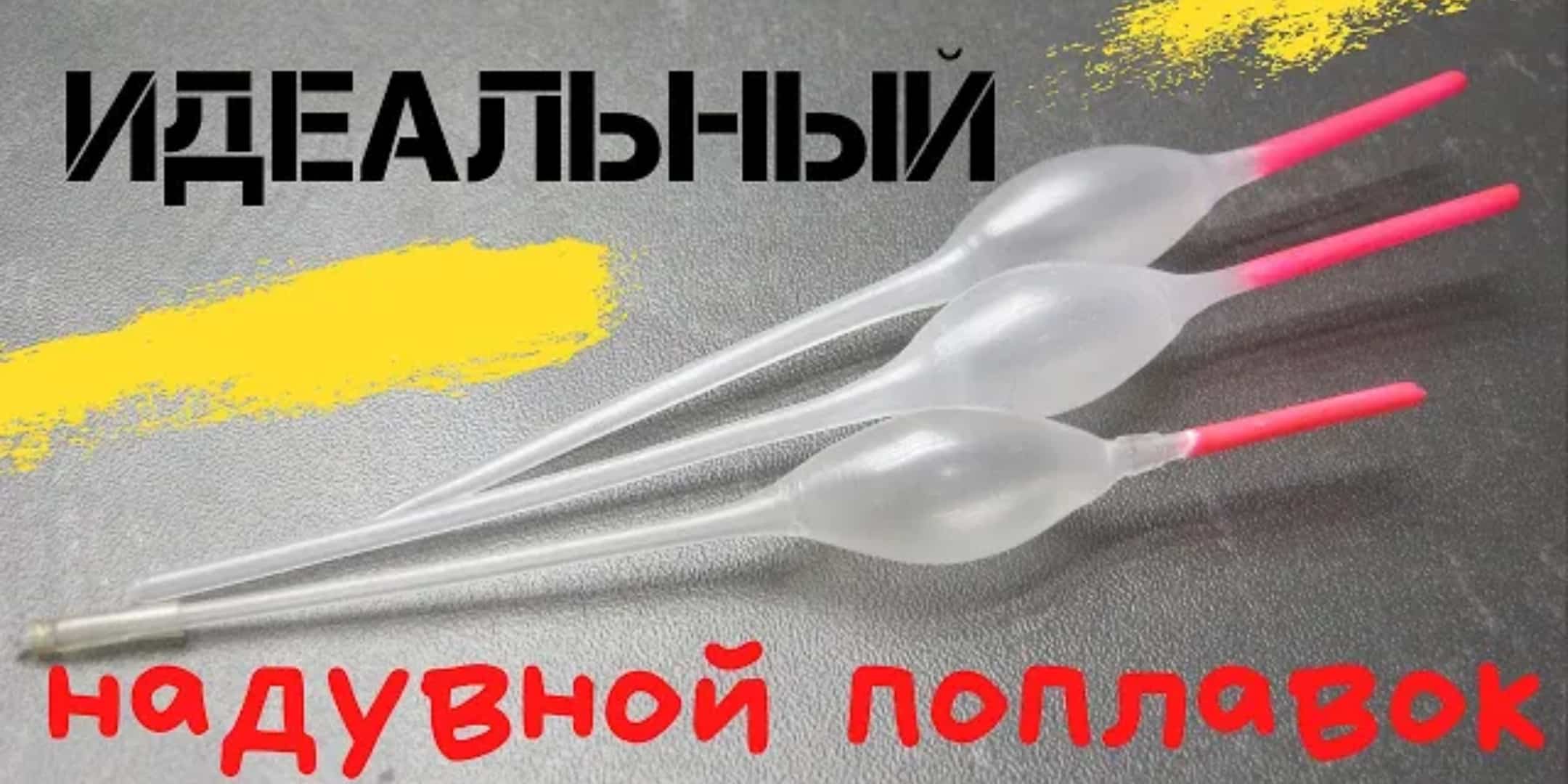
Fifth DIY: insulin syringe float
The float is made extremely simple. A rod is pulled out of a thin insulin syringe. It needs to be painted, it will act as an antenna. A fishing line is threaded through the syringe barrel and tip. Then it is fixed by the rod. That’s it, the float is ready. The advantage of such a float is that, if necessary, you can change its load capacity simply by displacing a little air from the cylinder with the piston.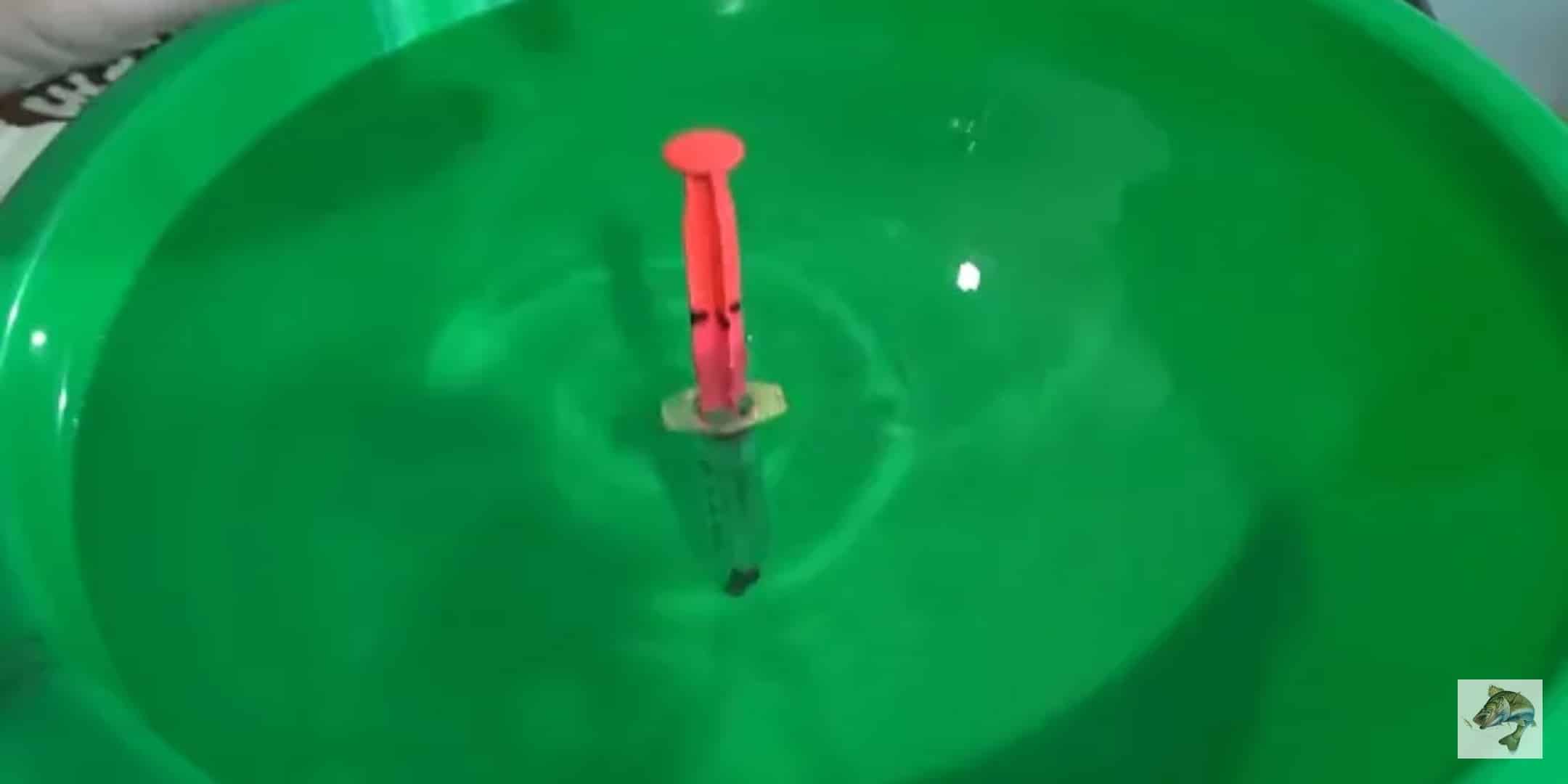
Option number 6: two-piece float for bream
A great option for catching bream. The float shows bites uphill very well. For production, you will need two foam blanks. They are made 8-10 centimeters long. https://youtu.be/aH6Hxyes56U On one blank, metal rings are glued on both sides. On the second, only on one side. Further, these two blanks are connected to each other.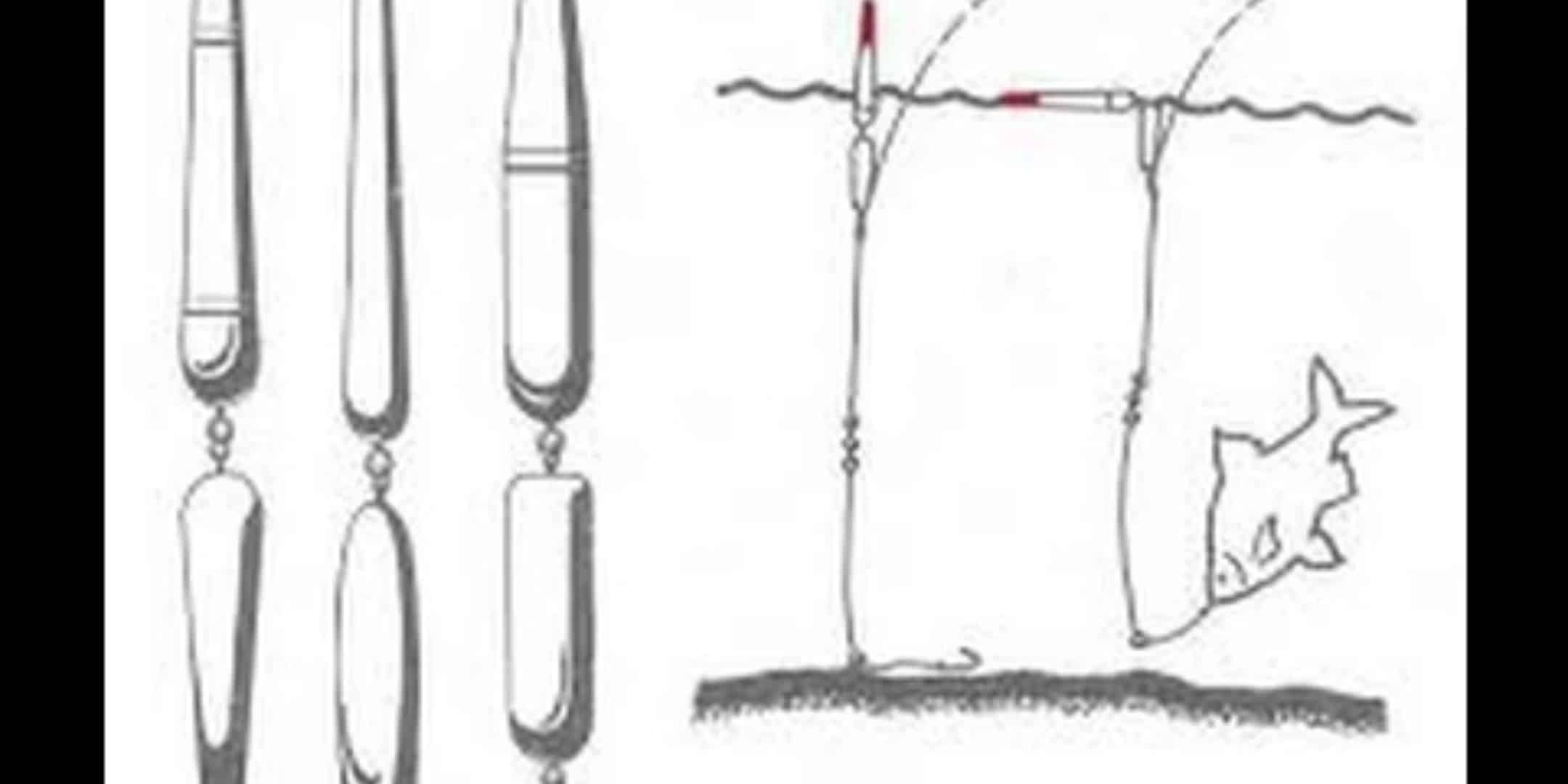
Seventh option: a foam float on a thermostat
This method can quickly make a beautiful float. However, for its production, a special machine is required. It is used for cutting styrofoam. You can do it yourself. You will need a nichrome thread, a mount for it and a power source. You can use bamboo skewers as an antenna and keel. A rectangular foam blank is put on such a skewer. Next, using the machine, the required shape is cut. For this, the nichrome thread is bent into this very shape. The resulting float is colored to taste.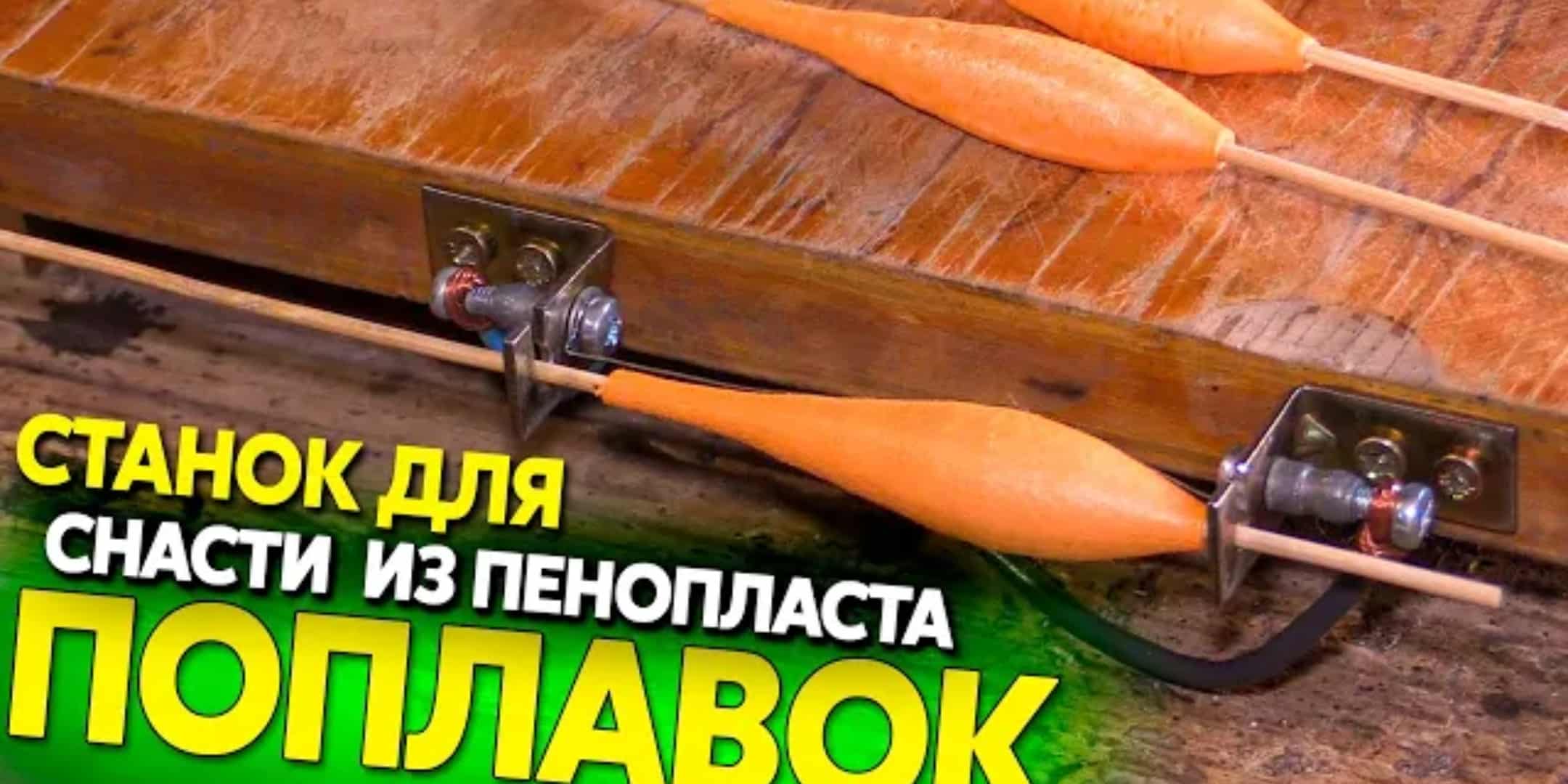
Option 8: homemade match float inflated “wagler”
For the production of such a float, you will need a plastic tube for a warm floor. This tube must be heated with a building hair dryer or over a gas stove. When the plastic heats up, the tube is pulled out giving it the diameter we need. Then one side is sealed. On the second side, a silicone tube is inserted from under the dropper, which will act as a mouthpiece. The tube heats up in the place where the body of the float will be. For “Wagler” this is the lower part. The keel is short and the antenna is long. Then you need to inflate the heated part through the mouthpiece. The workpiece is sealed from the second side, and a hole for fastening is made on this side. Then the float is painted and loaded on the keel. Such a float is suitable for long casts.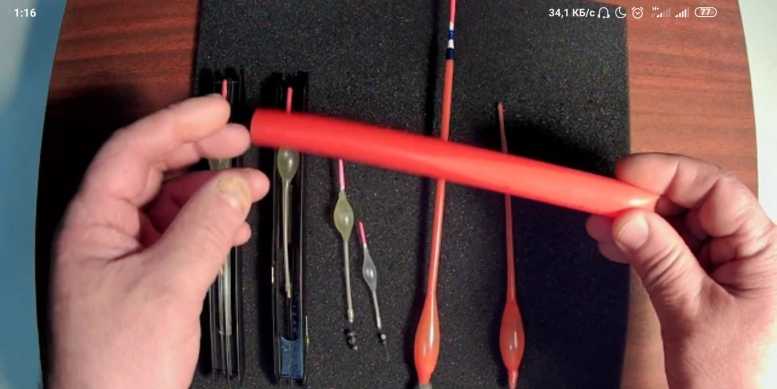
Option nine for winter: winter homemade eccentric float
This is a composite float with an unusual shape. For its production, two ready-made flat winter floats are taken. A hole is drilled somewhere in the middle of the narrow part of one of the floats. This hole is made for the cambric, attaching the second float. It turns out that two flat floats become perpendicular to each other. This increases the sensitivity of the tackle and it is very easy to notice even a very weak touch of the fish.
DIY 10: Drop Down Winter Float
The simplest winter float made of drop-shaped foam is taken as a basis. In the upper part of the float, 4 slots are made, on four sides. Next, petals are made. They can also be made from dense foam. True, you need to painstakingly sit over each petal, giving it a shape. You can attach the petals from a cotton swab by gluing it to the petal and making a hole in it. Then all the petals are collected on the workpiece and fixed with a fishing line.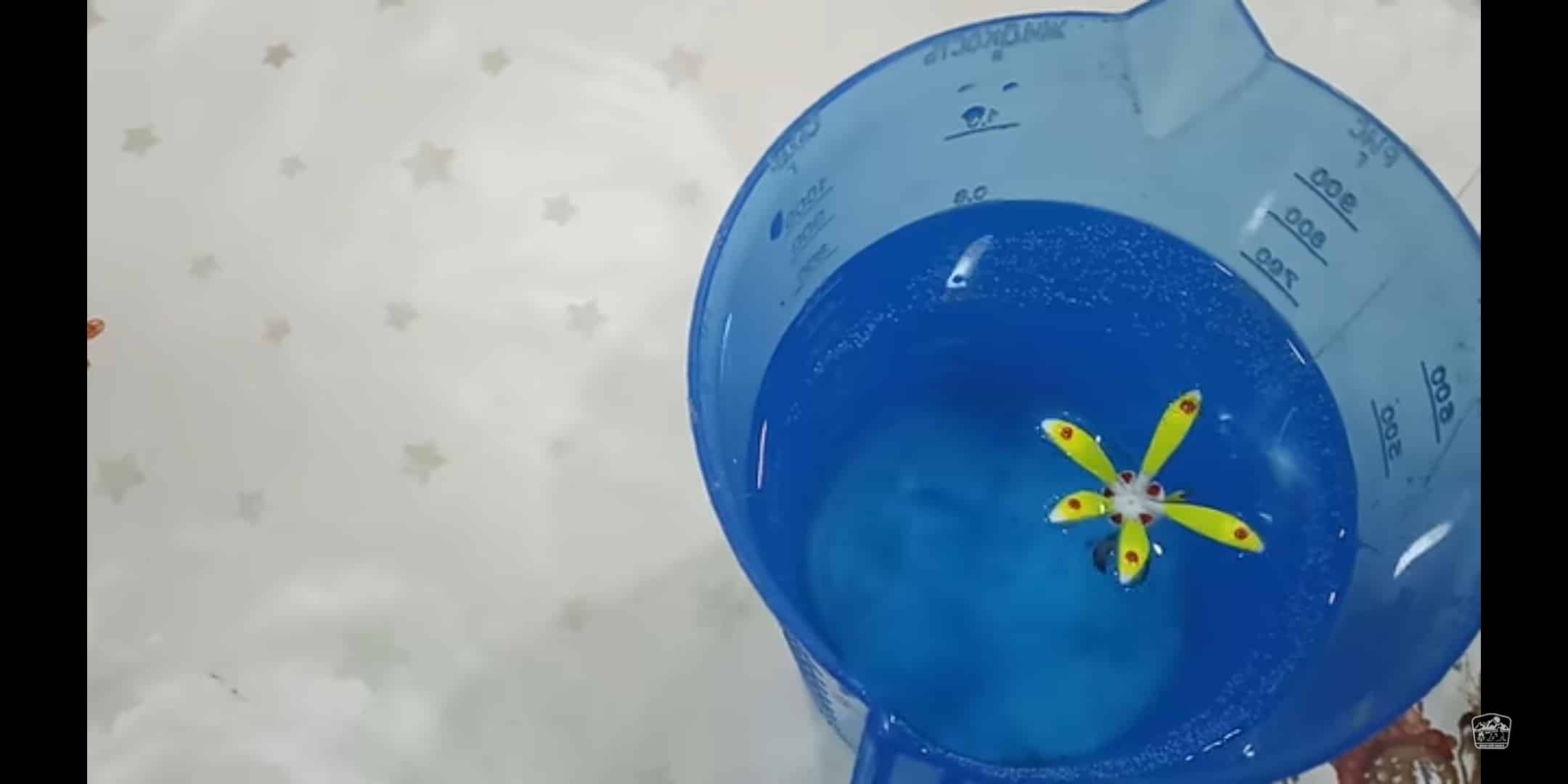
Eleventh DIY: water-filled float
You can use a deodorant ball as a blank. It is light, small in size, has a matte colorless color. For fastening, paste from a ballpoint pen will be used. On the one hand, it melts. On the other hand, you need to chamfer for easier entry. The ball needs to be drilled through the middle. Then a rod is inserted into the resulting holes. The fishing line will be passed through it. Water-filled float. Taking out the rod into the ball, you can draw water.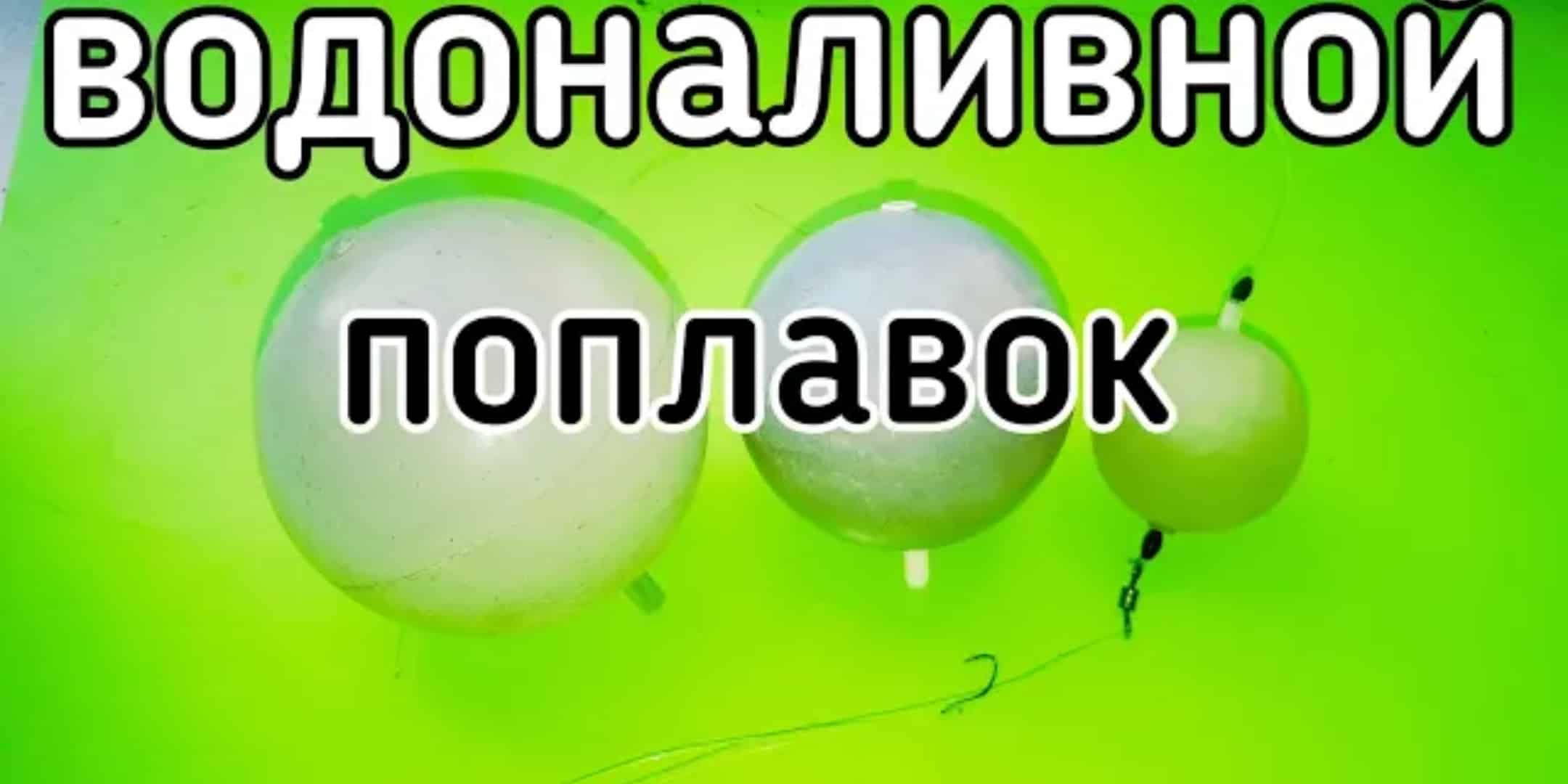
12: water-filled stick bombard
This option is produced using the technology of heating the plastic and forming a float from it. A transparent body from a ballpoint pen is taken as a blank. The casing is heated on both sides and pulled out into a thinner tube. The central part is heated and inflated into the desired shape. This is usually an elongated teardrop shape. Further, this drop is cut off. The holes are processed with a file. One of the resulting thin tubes is heated at one end to obtain a wider, melted end. At the other end, a thin tube is inserted into the resulting drop, and the melted end serves as a stopper. You can draw water into the drop to obtain the desired weight.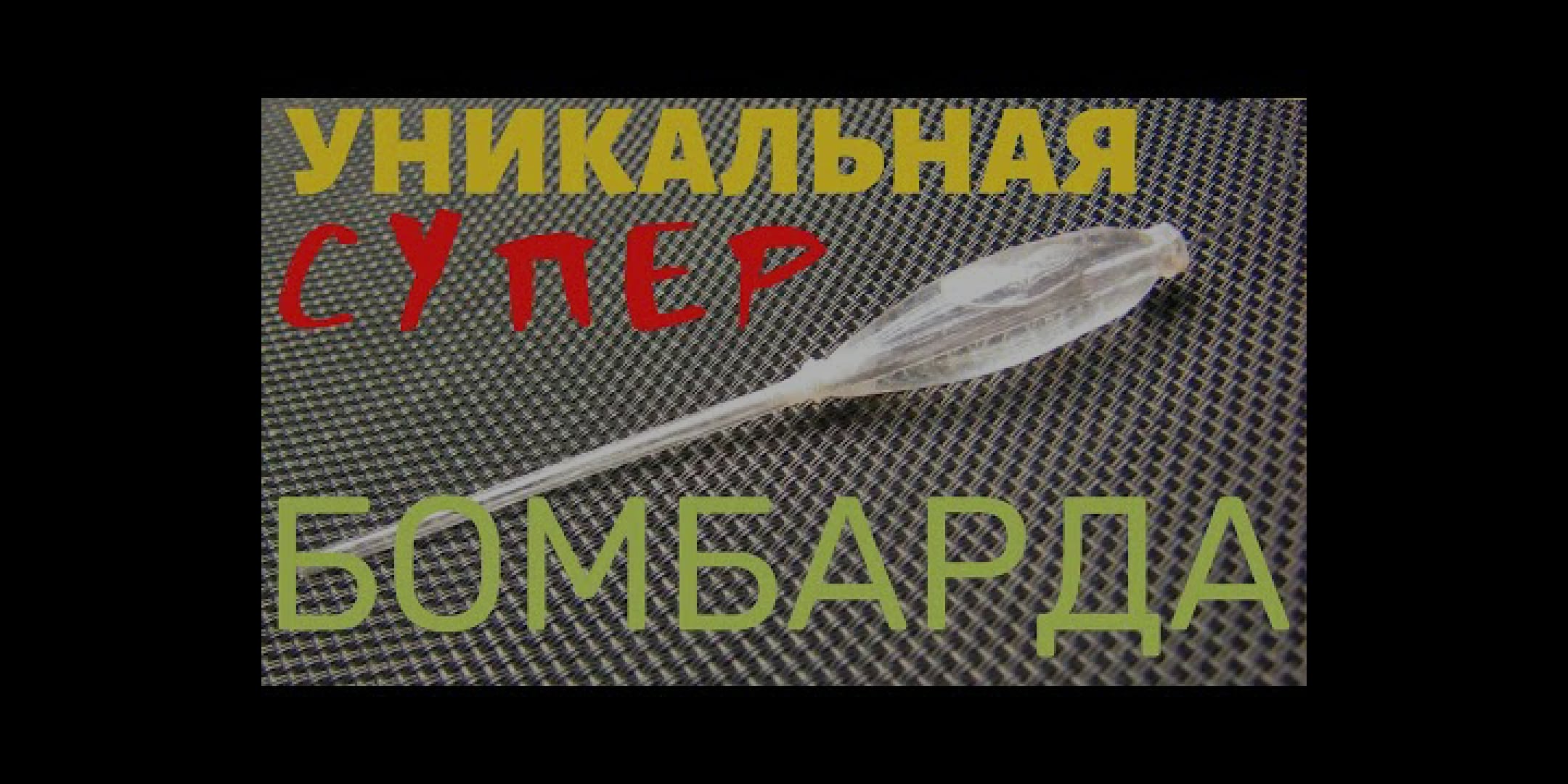
13: hot melt bombard
Hot glue will be the base for the bombard’s body. It has two advantages. Firstly, it is neutral buoyant, and slowly sinking bombards are made from this material. Secondly, it is transparent, which will not scare off cautious fish feeding on the surface. For the antenna through which the line will pass, you can use ear sticks or a ballpoint pen. There are two production options. In the first, a mold for casting is produced. It can be made from plaster. So it will turn out to make beautiful even bombards, although it will take a lot of time to produce the form. In the second option, you can immediately apply hot melt glue from a pistol to the antenna. To give the necessary shape when applying the glue, the antenna must be constantly rotated. In order for the glue to seize with the antenna, the tube must first be sanded, creating a rough surface.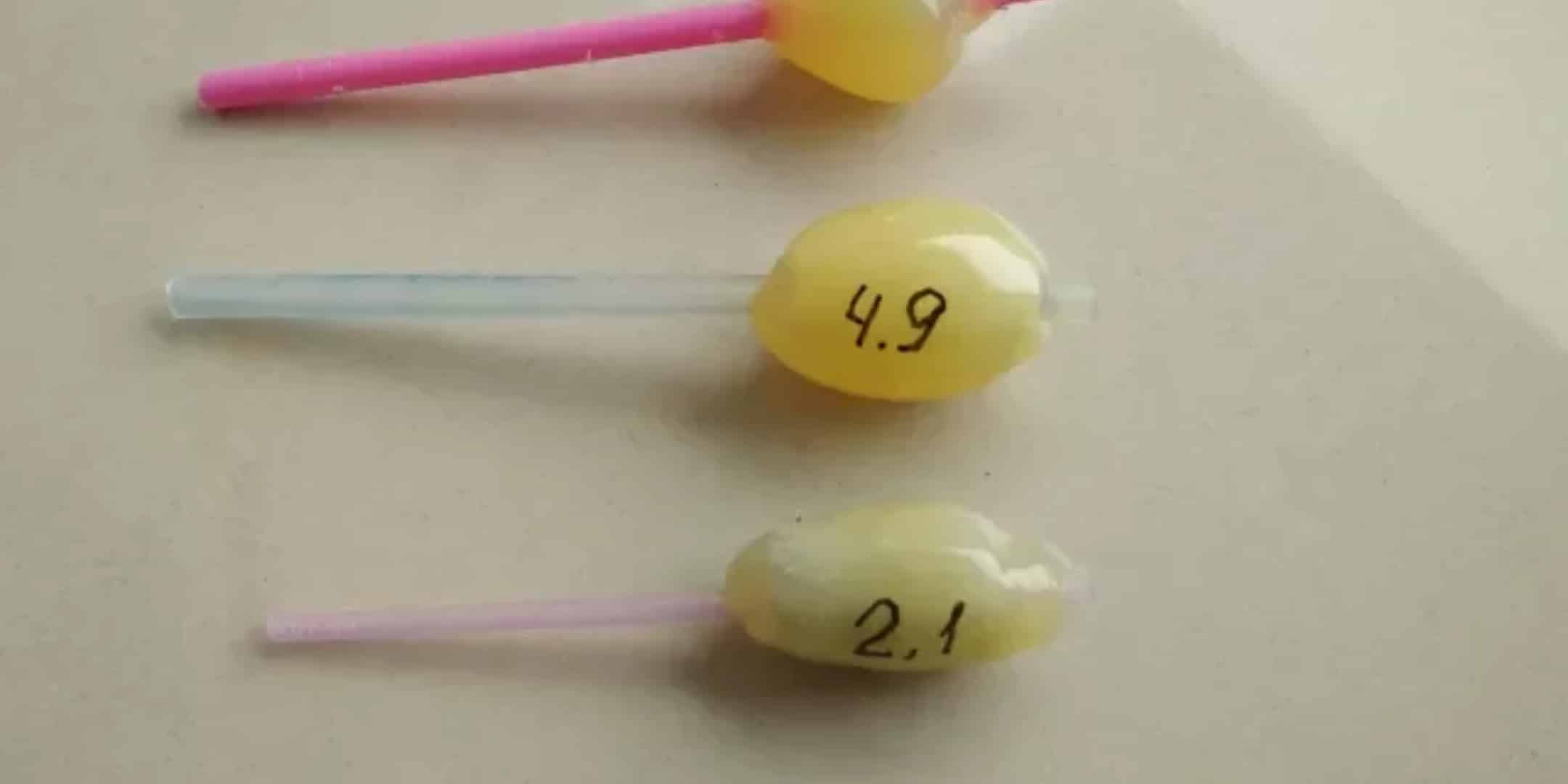
Option 14: flat float for foam flow
A float of an unusual shape, which keeps well on the current. The body of the float is cut from the solid foam according to the template. It is flat, of an unusual shape. Then the top layer of foam is removed, it is especially hard and interferes with further processing. On the thin side, mark where the holes for the line holder and antenna will be. Next, holes are drilled according to the diameter of the future tubes. You can take tubes from under Chupa Chups. The tubes are glued in with superglue and cut to size. A hole is made with an awl for the keel. It should be stainless wire. Further, the body of the float is streamlined using sandpaper. Homemade float for fishing in the current [/ caption]
Homemade float for fishing in the current [/ caption]
Homemade 15: do-it-yourself marker float from a syringe
For manufacturing, you need a 20-cc medical syringe. The body of the float is made from the cylinder, and its plumage is made from the rod with the piston. First, cut off the finger stops with a knife. Next, you need to mount the float. For this, a swivel of a suitable diameter can be melted into the tip cone. Or completely cut off this tip, make another hole nearby. Then insert a wire bent into a loop into these holes and bend the wire inside the cylinder. From above it is poured with hot melt glue. This will create a secure mount. The stem is cut to fit the tail size, inserted into the cylinder and fixed with glue. Then the stem is painted in a noticeable color.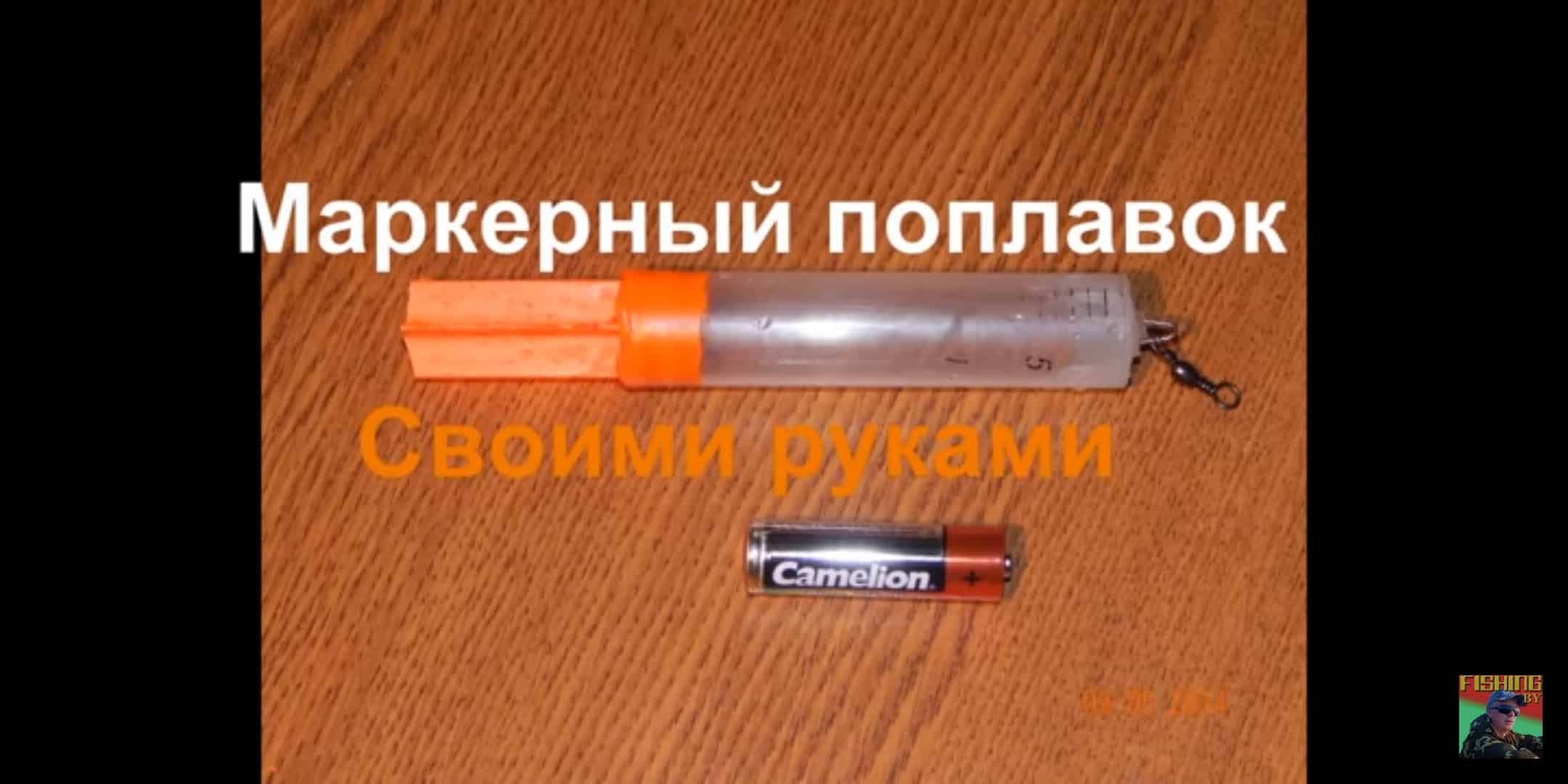
DIY 16: marker float from drill tube
The drill tube is great for a marker float. One of the tube covers is equipped with an eyelet, so the float mount is ready. It is necessary to take care of the tightness of such a model, put the tube lids on the glue and treat with silicone. The plumage of a plastic dart can be used as plumage. It is cut and glued to the top of the float.
Option 17: homemade float – nod
For production, you will need a plastic knitting needle from a broken umbrella. It will act as an antenna. Its length is 18 cm, thickness is 2 mm. The body of the float is made of cork or foam of a spherical or teardrop shape. A hole is made in the middle of this body, which should be slightly larger than the thickness of the rod so that the float body can easily move. The body is placed either in the middle or closer to one of the edges. The body of the float is fixed with the help of cambrics. The cambric should fit snugly along the rod. With the help of cambrics, the load is also fixed. It is convenient to make it from sheet metal by wrapping it around a rod. On both sides of the rod, one more cambric is attached, they will serve as a pass for the fishing line. On the opposite side of the location of the load, a bright colored piece of the cable sheath is installed, which will be visible from afar.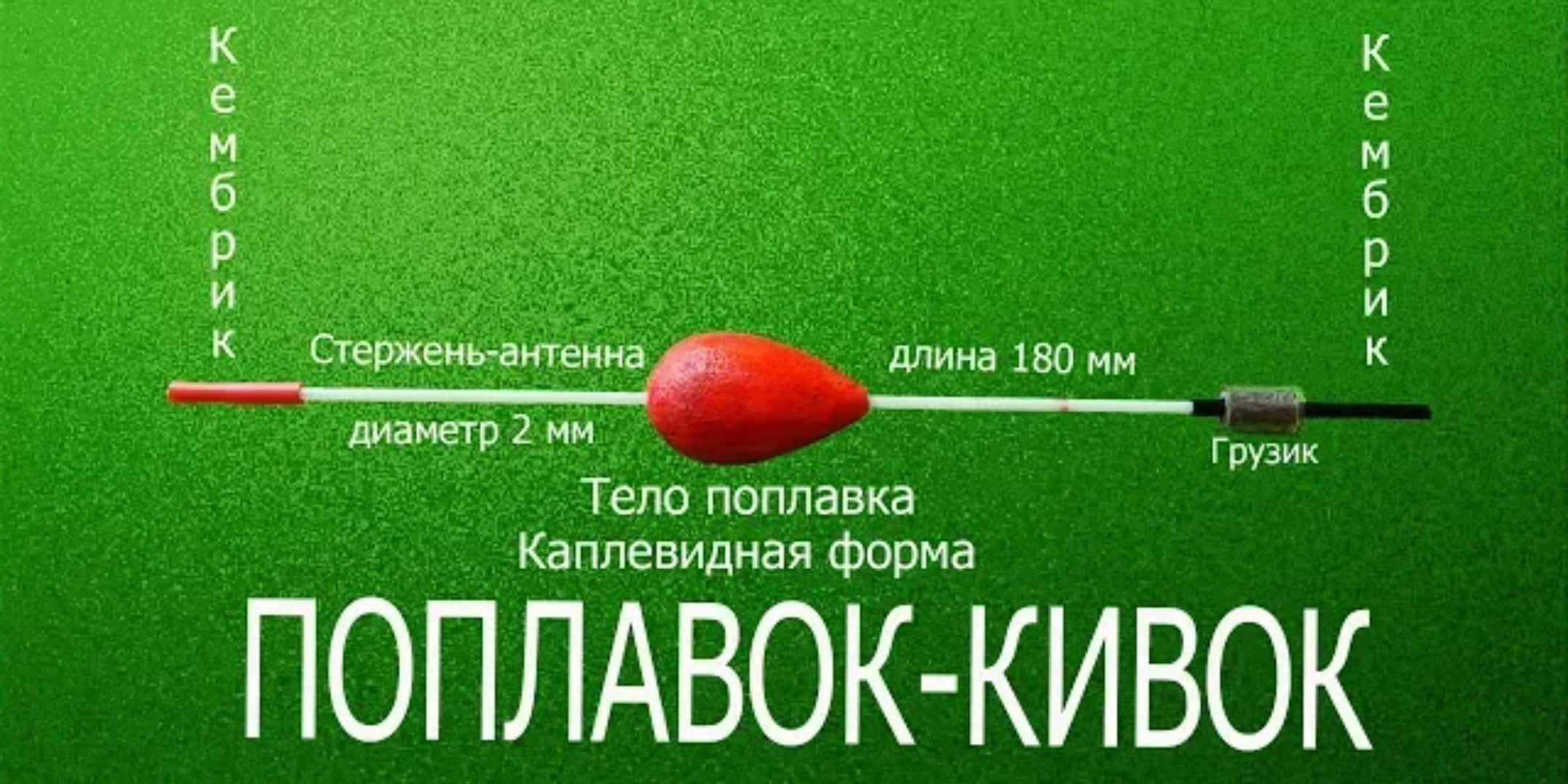
Option 18: underwater catfish float from cork
Needed in order to raise the bait above the bottom. It has been noticed that larger individuals peck at such rigs. It is done very simply. Take a regular cork and drill along the middle. To give the cork the correct barrel-shaped appearance, you can throw it in boiling water for a few minutes. Hot water will even out the plug.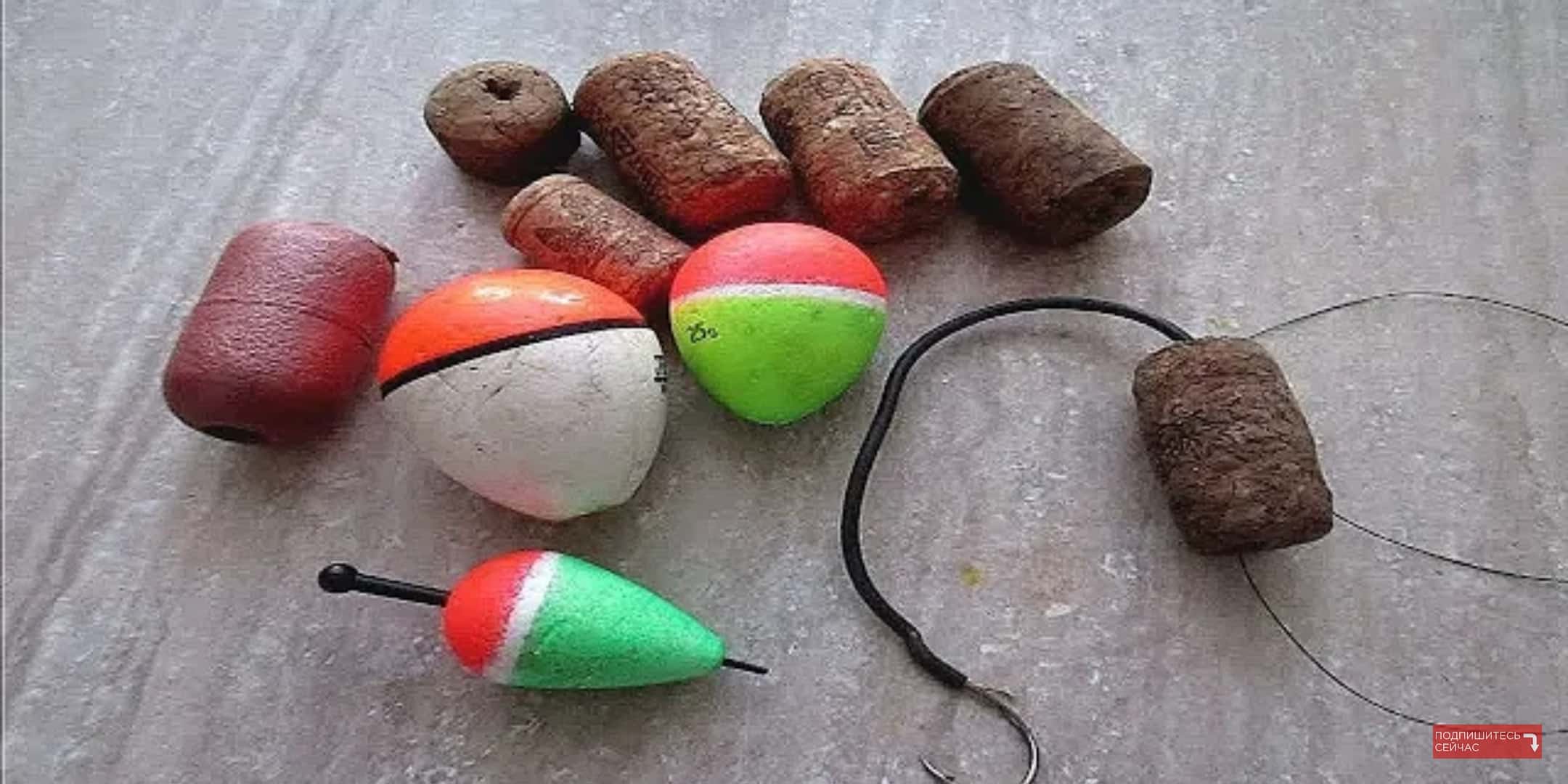
Nineteenth option: luminous float
An analogue of Chinese luminous floats can be made with your own hands from scrap materials. You will need an automatic handle that turns on. You will also need a small pocket flashlight. You can look for a pen with a flashlight. On the LED side, a cocktail stick is glued in and insulated with epoxy resin. When you turn the case, the LED lights up and illuminates the antenna.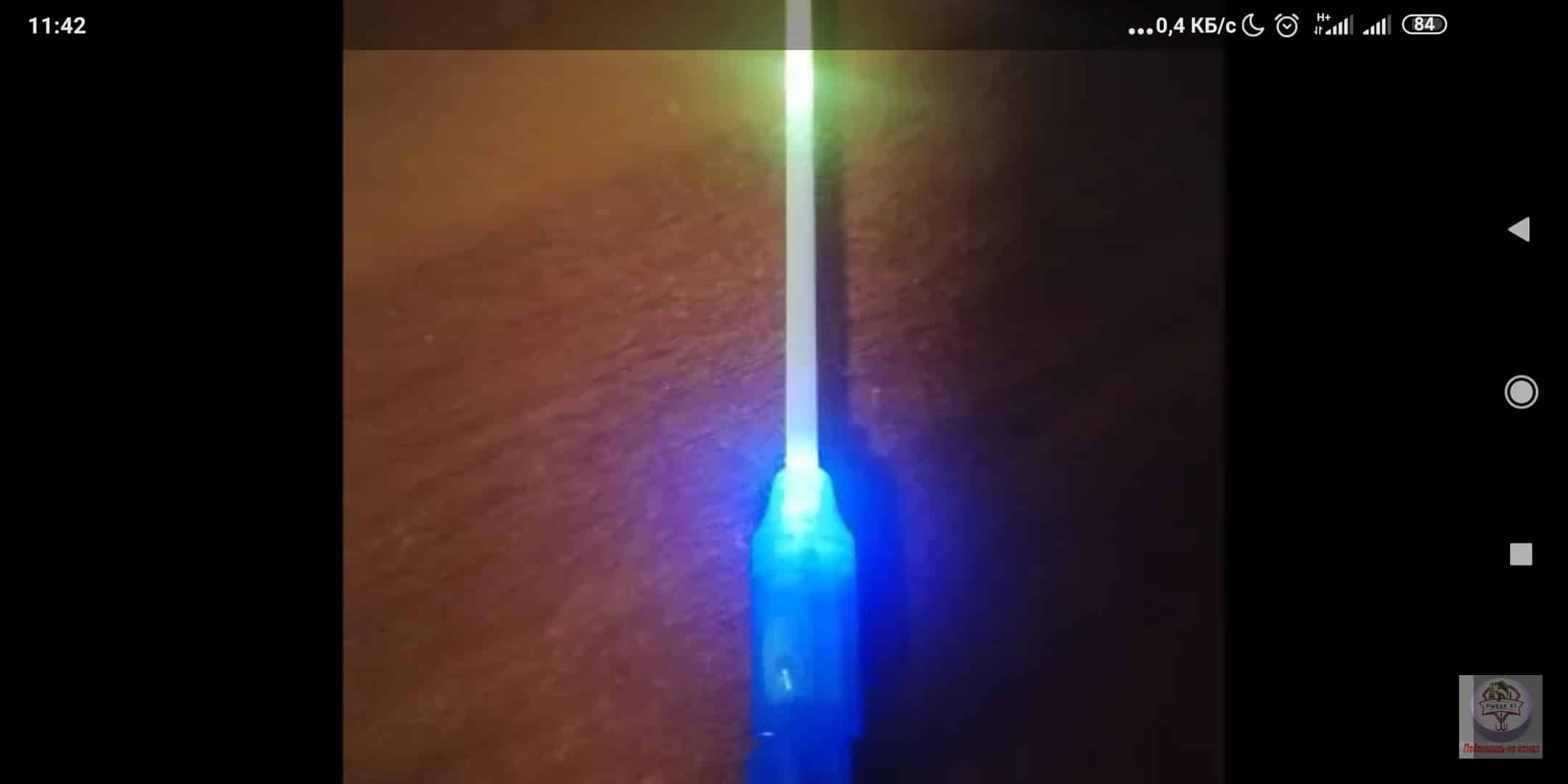
20: The Tricky Acrobat Float
A ball with a diameter of 3-4 cm is formed from solid foam. You can choose the carbon fiber tip of the rod as a nod. The ball is surrounded by a lead plate to give it the necessary buoyancy. Another short tip is attached to the edge of the tip perpendicular to it. It is wound with a thread and impregnated with glue. A fishing line is attached to the edge of the second tip. The line doesn’t go all the way through the nod. By adjusting the depth of the cambric, you can adjust the angle of inclination of the nod.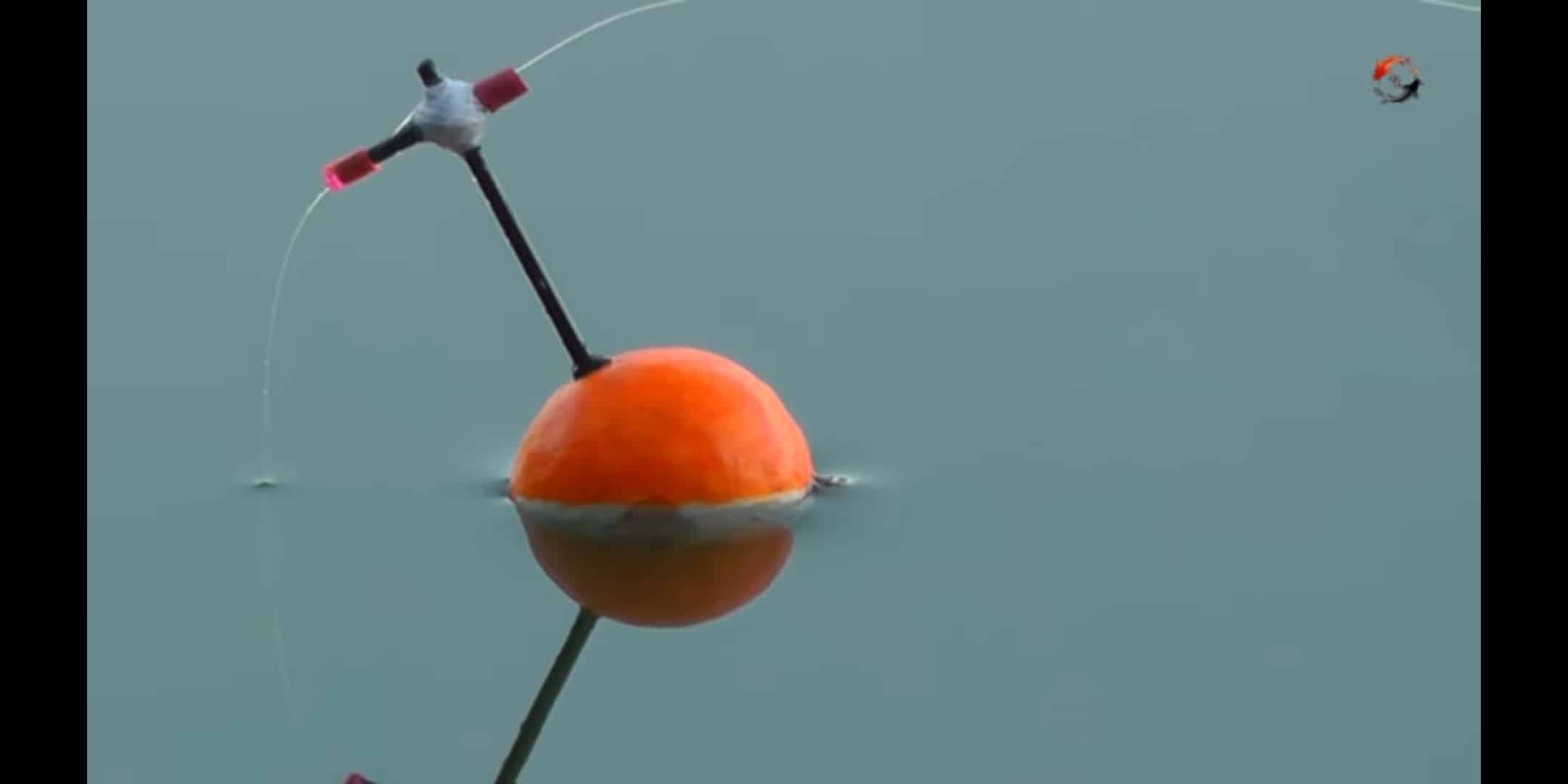 You can make a do-it-yourself float for fishing from almost any available materials with positive buoyancy, you just have to put in a little imagination and effort.
You can make a do-it-yourself float for fishing from almost any available materials with positive buoyancy, you just have to put in a little imagination and effort.

